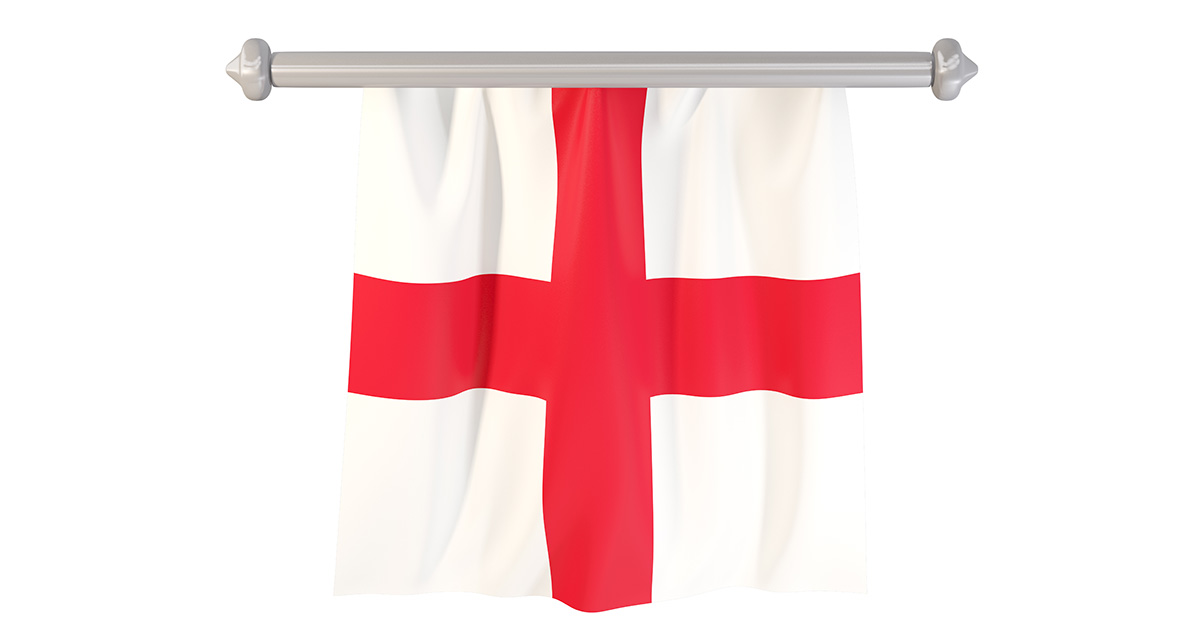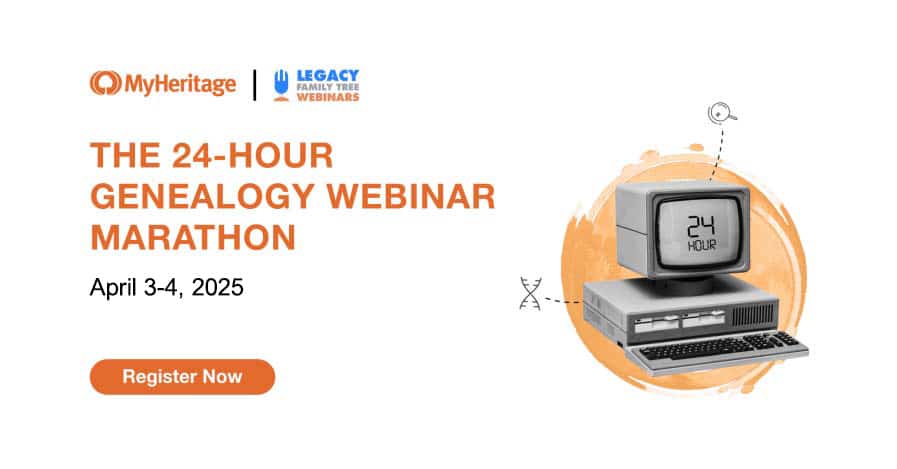You've done it! You have traced your ancestors back to the immigrating ancestor and discovered (or confirmed) your ancestor immigrated from England.
Now you are ready to begin your genealogy research in the English records.
Do you know what records for your English ancestors exist? What records should you look in first? Where are those records housed?
Let's explore where to start your English genealogy research.
Begin the Search for Your English Ancestors
As with any new-to-you records, take time prior to the start of your research to familiarize yourself with record collections. Know the answers to questions such as
- What time periods and locations do the records include?
- What type of information does the record include?
Knowing answers to these questions ahead of time prevents you from wasting valuable research time searching for information that was not recorded or was lost over time.
English Census Records
Most genealogy researchers are familiar with census records making these a great place to start your research.
English census records began in 1841 and were taken every 10 years. Census records actually began in 1801, but prior to the 1841 census, the census records did not include the names of the individuals. The 1911 census is the latest census accessible to the public.
Keep in mind as you explore the English census, an individual's age may be rounded down to the nearest "5". This practice of rounding an individual's age will be a new concept for US researchers as they begin the hunt for their English ancestors. For example, in the 1841 census, a female aged 24 years will be listed as 20 years of age. Children less than 15 years of age are enumerated with their correct age. You'll find English Census records available on all the major subscription sites (see resource list at the bottom).
Civil Registrations
Remember the year 1837!
Civil registrations of births, marriages and deaths (BMD) began in 1837 resulting in a national index. If you find your ancestor in the civil registration index, you can then order a copy of the actual certificate.
The England and Wales Birth, Death, and Marriage Registration Indices can be found on FamilySearch.org.
Parish Registers
If you are researching ancestors prior to 1837, turn to the parish records. Going back to their beginning in 1538, these can be a gold mine for the genealogy researcher.
Parish records were created and kept locally by the vicar recording baptisms, marriages and burials. Typically, parish records were kept chronological order. The tricky part of researching parish registers is knowing which parish your ancestor lived in and which county that parish was located in. Many parish registers have been indexed, transcribed or digitized.
Beginning in 1598, copies of the parish register known as the bishop's transcripts were sent annually to the parish bishop. These make good substitutes for damaged or missing parish registers. If you fail to find your ancestor in the traditional parish records, check the bishop's transcripts.
Passenger Lists
Passenger lists are another resource to find your English ancestors. Genealogy researchers are both thrilled and frustrated by the variety of information found in these records. Earlier passenger lists may provide only minimal information on passengers, while later passenger lists can contain quite a bit of information on individual passengers. From example, the 1920's passenger lists out of the UK asked for the last known UK address!

Resources For English Records
Watch this Legacy QuickTip video – English Resources in Legacy Family Tree
In this Legacy QuickTip:
– Recording Quarter dates for vital records in the United Kingdom
– Adding English timelines to the Chronology View
– English gazetteer links in Research Guidance
Resources for English records include:
- Find over 16 English webinars on Legacy Family Tree Webinars!
- FamilySearch.org – Find available English records here. (free)
- FindMyPast.org – Large collection of British and Irish records (subscription based)
- MyHeritage – (subscription based)
- Ancestry.com - (subscription based)
- The National Archives of England & Wales – Start here to see exactly what they have and what they do not have. Also, learn what they have online and what is available only offline.
- The British Newspaper Archive – Hundreds of historic British and Irish newspapers (Subscription required)
Not sure where your American ancestor immigrated from? Find strategies for researching your immigrant ancestors in Where Did My Immigrant Ancestors Come From?
___________________________________






Can I respectively point out that many Scots also emigrated to America. The records are held by the National Records of Scotland and can be viewed on Scotland’s People website. The Union flag combines the cross of St George (England), the saltire of St Patrick (N Ireland) overlaid on Scotland’s saltire (St Andrew).
I realise it wasn’t a deliberate mistake but I expect you want to be accurate so I hope this is helpful.
ps dismiss us Scots at your peril !! 😃 😃